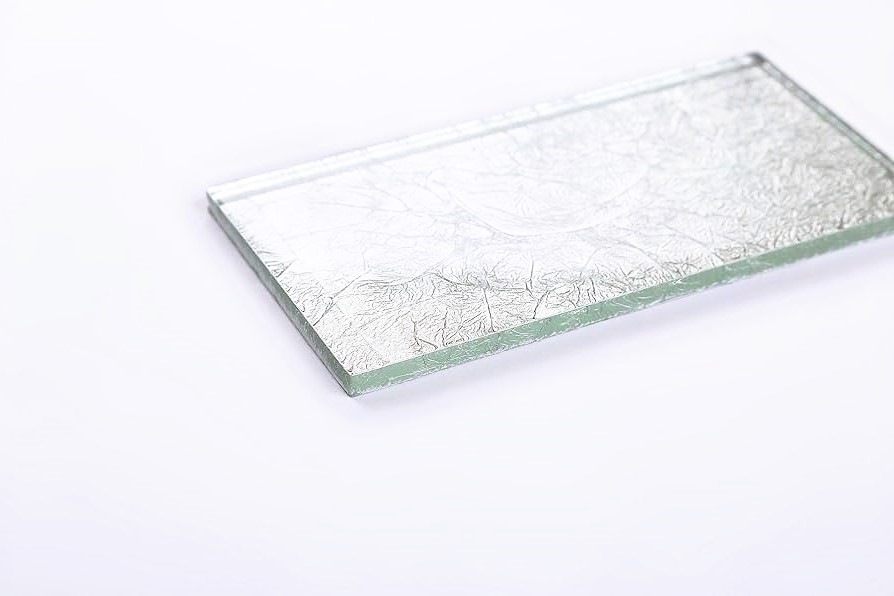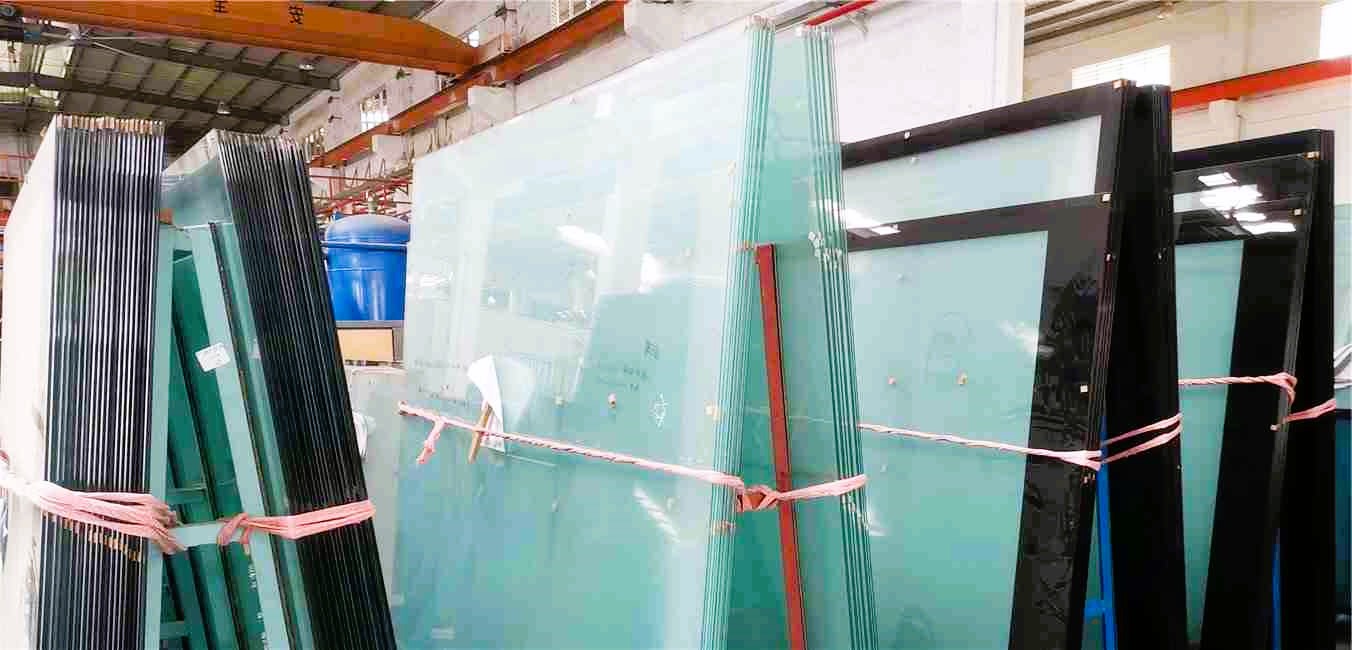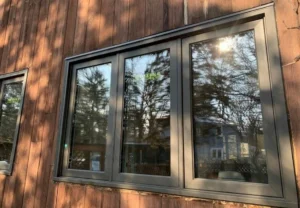Glass, a ubiquitous material in modern architecture and design, is more than just a transparent surface. It serves as a barrier between the indoors and outdoors, impacting factors such as energy efficiency, safety, sound insulation, and aesthetics. One critical aspect that determines the performance of glass is its thickness. In this article, we will explore the influence of glass thickness on its effectiveness in various applications, from windows to glass facades.
Understanding Glass Thickness
Glass thickness refers to the distance between the two surfaces of a glass pane, typically measured in millimeters (mm) or inches (in). It is a fundamental parameter that affects several key properties of glass:
1. Strength and Durability: Thicker glass tends to be stronger and more durable, making it suitable for applications where safety and security are a concern.
2. Thermal Insulation: Glass thickness affects the thermal performance of windows, impacting heat transfer, energy efficiency, and indoor comfort.
3. Sound Insulation: Thicker glass can provide better sound insulation, reducing noise from the outside environment.
4. Safety: In certain applications, such as glass doors and partitions, thicker glass can enhance safety by withstanding impact and stress.
5. Aesthetics: Glass thickness can influence the appearance of architectural elements, such as glass balustrades and facades.
The Impact of Glass Thickness on Energy Efficiency

Energy efficiency is a significant concern in modern construction. The choice of glass thickness plays a crucial role in determining a building’s energy performance, especially in climates with varying temperature extremes.
Single-Glazed vs. Double-Glazed Windows:
- Single-Glazed Windows: These windows consist of a single pane of glass and are common in older buildings. They offer limited thermal insulation due to their thinness, resulting in heat loss in the winter and heat gain in the summer.
- Double-Glazed Windows: Double-glazed windows feature two panes of glass separated by an air gap or a low-conductivity gas like argon. The gap provides better insulation, reducing heat transfer. Thicker glass panes can further enhance insulation.
Thicker Glass for Enhanced Insulation:
- Triple-Glazed Windows: Triple-glazed windows add an extra pane of glass, providing superior insulation compared to double-glazed windows. The increased thickness helps reduce heat loss and energy consumption in colder climates.
- Vacuum Insulated Glass (VIG): VIG units consist of two glass panes separated by a vacuum, virtually eliminating heat transfer. While the panes themselves may be thin, the vacuum gap offers exceptional insulation.
Balancing Thickness and Weight:
It’s essential to strike a balance between glass thickness and weight. Thicker glass is heavier, which can pose challenges for window frames and support structures. Architects and engineers must consider the structural requirements when specifying glass thickness.
Glass Thickness in Architectural Design

Architects often use glass as a design element to achieve specific aesthetic goals. The choice of glass thickness can influence the appearance and functionality of architectural features:
1. Glass Facades: Thick glass panels can create a bold and modern appearance in building facades. They provide a sense of solidity and security while allowing natural light to penetrate.
2. Glass Balustrades: Thicker glass is often used in balustrades for safety reasons. It can provide a transparent yet robust barrier in staircases, balconies, and terraces.
3. Artistic Installations: In art and design installations, the choice of glass thickness can be a deliberate artistic decision. Thick glass can convey a sense of permanence and significance.
Safety Considerations
In applications where safety is paramount, such as glass doors and partitions, the choice of glass thickness must align with safety standards. Thicker glass is less likely to shatter upon impact and is often preferred in critical areas.
Codes and Standards
Glass thickness requirements are typically regulated by building codes and standards to ensure safety and performance. In Canada, the Canadian Standards Association (CSA) plays a significant role in developing standards for construction materials, including glass. You can find more information on glass standards on the Canada.ca website.
Conclusion: The Thickness Factor
Glass thickness is a critical parameter that influences the effectiveness of glass in various applications. Whether you’re designing energy-efficient windows, creating a stunning glass facade, or prioritizing safety in glass doors, the choice of thickness should align with your project’s goals and requirements. Striking the right balance between insulation, aesthetics, and safety is key to maximizing the benefits of this versatile material in architectural and design endeavors.




